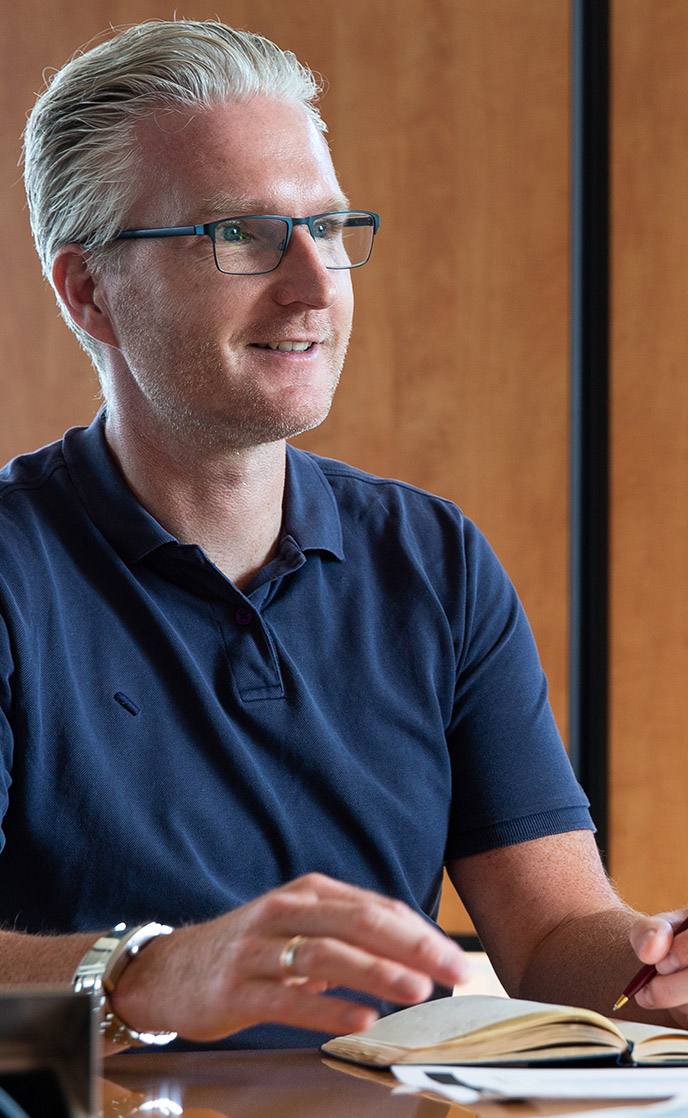
How to grow your business and reduce risk: Richard Branson’s ‘Protecting the Downside’ strategy
There are countless ways to deal with risk and uncertainty, but is there a strategy that can
boost business growth and safeguard probable risks? Yes, there is and it has been done before with great success.
The strategy, is called “protecting the downside”, and in this article I will explain how it works and have a
closer look at rockstar entrepreneur Richard Branson and see how he used this principle in building up his Virgin empire.
Let's look at some fundamentals.
The two main approaches to dealing with risk and uncertainty
There are roughly two ways of dealing with risk, crisis, disasters or any other unexpected thing that may happen.
First, you can focus on the causes and try to prepare for those. You can, for example, prepare for an earthquake,
stock market crash or a pandemic by gathering information on these events, focusing on early warning signals, and
creating “what if” scenarios to define how you will respond.
This approach works for possible causes that you can identify, the so-called "known unknowns." You know what might
happen, but you don't know if and when. But what about the "unknown unknowns," the things that you can't even
imagine that may happen? Or, what if there are so many "known unknowns" that it is impossible to monitor and
prepare for each one of them?
In this case your approach should focus not on the causes, but on the effects. Maybe you don't know what will
happen—an earthquake, a stock market crash, a pandemic, a fire, a lawsuit, a terrorist attack, or anything else.
But you can prepare for the effects these events may have: a sudden drop in demand, a temporary closure, a large
expenditure, missing supply, etc. There are various ways to do this. In this post I focus on one only: taking
control by protecting the downside.
Protecting the downside: affordable loss
The core principle of protecting the downside is that you define upfront how much risk you are willing to take;
how much you can afford to lose when things go really wrong. The idea is that you only invest so much time,
money and other resources in something that you still survive if things don't work out or if there is a breakdown.
It works just like going to the casino. You have no idea whether you will win or how much. But you can protect
the downside by committing to spend no more than, let's say € 500 (or € 10 or € 100,000, depending on what you
can afford to lose). This means that the worst-case scenario is that you lose an amount that you can afford to
lose. Painful perhaps, but no disaster.
The case of Virgin: How Richard Branson protects the downsides
This way of dealing with risks and the unpredictables can be applied in business as well. Super entrepreneurs such as Sir Richard Branson use it all the time. Instead of trying to predict the future or anticipate potential returns, they take a gamble and protect the downside. Here is a one-minute video in which he explains this himself:
This approach is not only applicable to starting a new venture. It can just as well be applied in existing, mature organizations.
Whenever you make a decision about a significant commitment—an investment, an irreversible change, a high-value contract, or any
other type—you keep in mind the question: what is the worst thing that can happen and can we afford it.
Of course, protecting the downside isn't a perfect solution and there are many situations in which you can't use it—especially
after the fact when you are already completely invested into something. For all those situations, you need other approaches to
make your strategy and organization more crisis-proof. But in those cases where it can be applied, it can be a very effective
way of staying in control and preparing yourself for the worst.
How to align your strategy in three simple steps
The big question remains how to realize alignment in practice. As it turns out,
this can be done in three straightforward steps. Read article

Leaders and CEOs get the blame for failure in strategy, but is this fair?
It is estimated that 67% of formulated strategies fail. In most organizations it is leaders who are responsible for setting out the organization’s strategy. Thus, a simple conclusion can be drawn from this, right?
Read article

I am Jeroen Kraaijenbrink and I have been consulting and mentoring CEOs and leaders in strategy affairs for over 10 years.
With my 20+ years venture as an academic in strategy and management theory, I've written several articles to improve your strategy,
management and organization.

I write articles bi-weekly on my newsletter.
Learn about relevant industry knowledge and strategy and leadership developments by subscribing to my newsletter.

